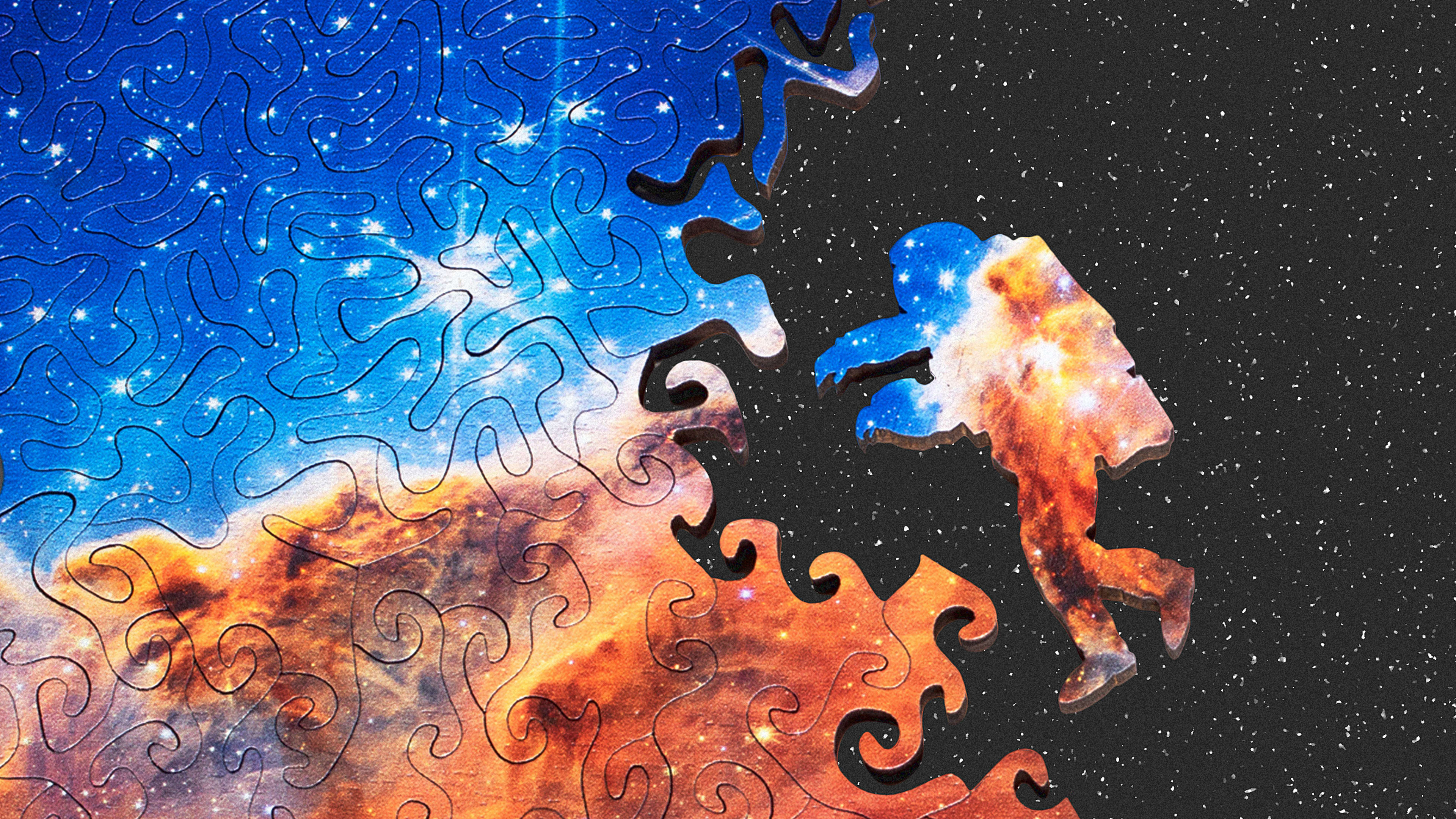Ever since NASA revealed the astonishing images from the James Webb Space Telescope last week, the so-called cosmic cliffs have been turned into mouse pads, bumper stickers, canvas shoes, and, now, jigsaw puzzles.
But this isn’t your typical puzzle. The Cosmic Cliffs Infinite Galaxy Puzzle counts 264 squiggly pieces that can be reconfigured in endless ways. Created by scientists at the Massachusetts Institute of Technology, it’s designed using custom software, made of maple plywood, and laser-cut in upstate New York. The galactic images may no longer be all over the web, but for $75 you can now re-create the dazzling cosmos in your living room.
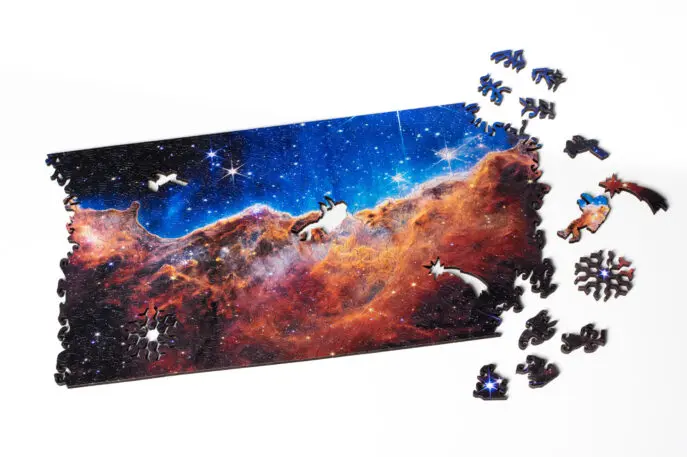
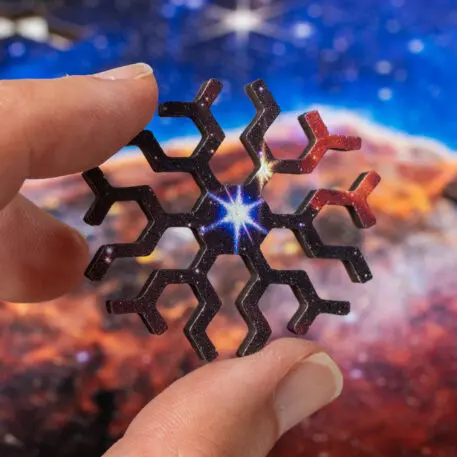
“We felt we could use our techniques to bring back some of that artistry and uniqueness that comes from hand-cut puzzles,” says cofounder Jesse Louis-Rosenberg (the math student).
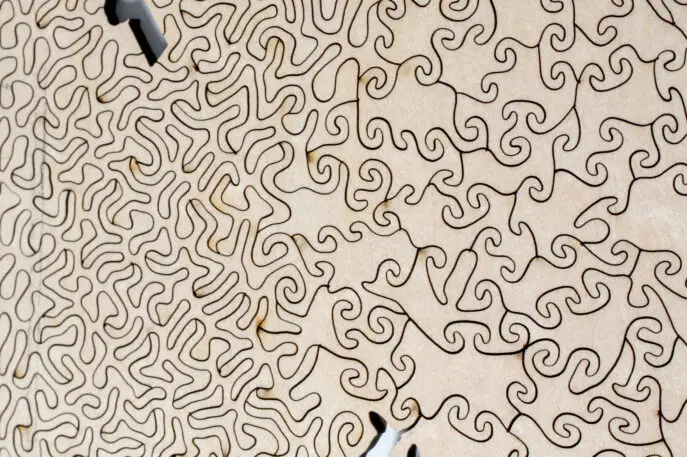
“We have a very weird company that’s all about designing things using software we write, all inspired by natural processes and simulations of things [like] how coral grow and how leaf veins form,” Louis-Rosenberg says.
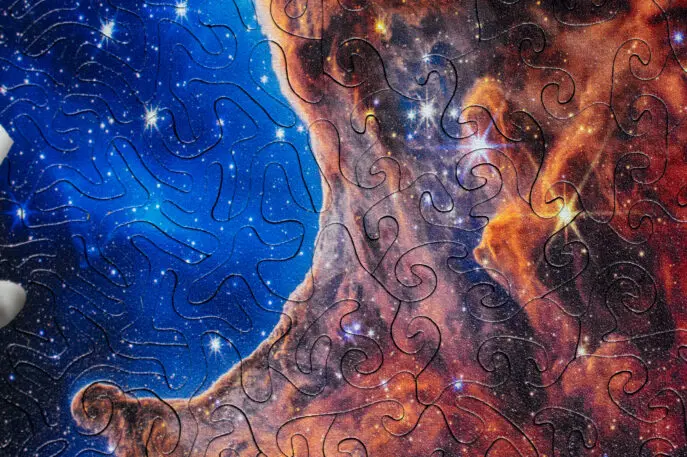
The idea is to create a puzzle with no straight edges. Each piece can fit in only one place, but the design loops around: If the left and right edges of the puzzle were wrapped around a cylinder, they would meet seamlessly, so you can take one piece from the “left side” and place it on the “right,” and keep rebuilding the puzzle as you wish. (The image had to be modified slightly so it could loop seamlessly.)
The ingenious design makes the level of difficulty more consistent, compared to that of a regular puzzle, where you start with the edges (easy), scramble in the middle (hard), then fill in the remaining gaps at the end (easy). It also means that, much like the universe, the puzzle has no end.
Recognize your brand’s excellence by applying to this year’s Brands That Matter Awards before the final deadline, June 7.
Sign up for Brands That Matter notifications here.
